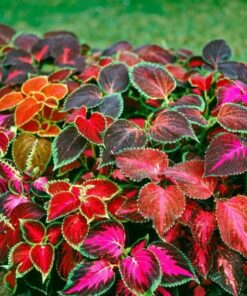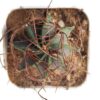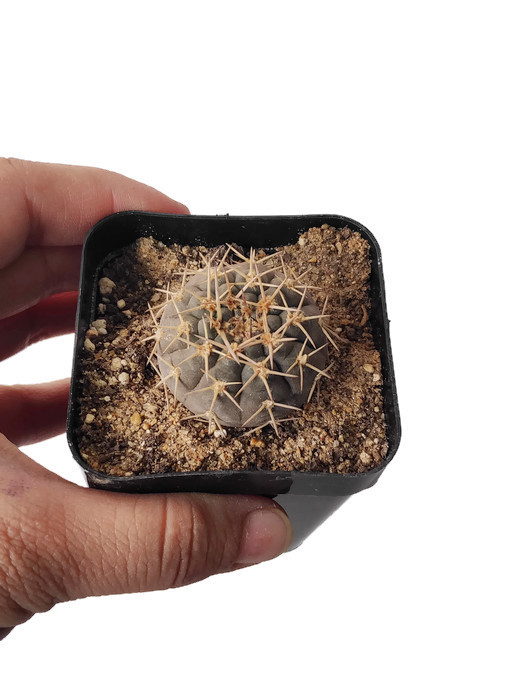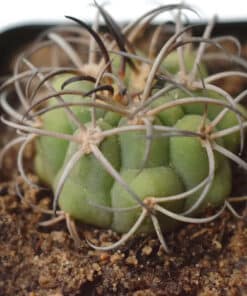-
×
Brinjal Green Seeds began baingan Seeds pack of 50 seeds Open Pollinated
1 × ₹40.00 -
×
 Coleus Wizard Mix Pack of 45-50 seeds Imported
1 × ₹90.00
Coleus Wizard Mix Pack of 45-50 seeds Imported
1 × ₹90.00 -
×
 Lettuce Grand Rapids pack of 40 seeds Hybrid
1 × ₹40.00
Lettuce Grand Rapids pack of 40 seeds Hybrid
1 × ₹40.00 -
×
 Astrophytum Myriostigma White Seedling Size Cactus Live plant
1 × ₹249.00
Astrophytum Myriostigma White Seedling Size Cactus Live plant
1 × ₹249.00 -
×
 Sunflower Teddy seeds 25-30 seede Open Pollinated
1 × ₹60.00
Sunflower Teddy seeds 25-30 seede Open Pollinated
1 × ₹60.00 -
×
 Epithelantha Greggii cactus plant
1 × ₹399.00
Epithelantha Greggii cactus plant
1 × ₹399.00 -
×
 Square White plastic pots for Cactus succulent Container pack of 1 size 3 inch
1 × ₹22.00
Square White plastic pots for Cactus succulent Container pack of 1 size 3 inch
1 × ₹22.00 -
×
 Tinda Seeds pack of 20 seeds
1 × ₹50.00
Tinda Seeds pack of 20 seeds
1 × ₹50.00
Subtotal: ₹950.00

 Brinjal Green Seeds began baingan Seeds pack of 50 seeds Open Pollinated
Brinjal Green Seeds began baingan Seeds pack of 50 seeds Open Pollinated  Coleus Wizard Mix Pack of 45-50 seeds Imported
Coleus Wizard Mix Pack of 45-50 seeds Imported  Lettuce Grand Rapids pack of 40 seeds Hybrid
Lettuce Grand Rapids pack of 40 seeds Hybrid  Astrophytum Myriostigma White Seedling Size Cactus Live plant
Astrophytum Myriostigma White Seedling Size Cactus Live plant  Sunflower Teddy seeds 25-30 seede Open Pollinated
Sunflower Teddy seeds 25-30 seede Open Pollinated  Epithelantha Greggii cactus plant
Epithelantha Greggii cactus plant  Square White plastic pots for Cactus succulent Container pack of 1 size 3 inch
Square White plastic pots for Cactus succulent Container pack of 1 size 3 inch  Tinda Seeds pack of 20 seeds
Tinda Seeds pack of 20 seeds 


















Reviews
There are no reviews yet.